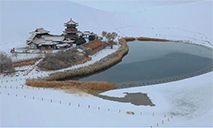Inheritors pass down intangible cultural heritage of traditional incense craft in SE China’s Yongchun county
Pu Lianggong is the 10th generation inheritor of a line of local incense-making crafts that runs in his family in Yongchun county, Quanzhou city of southeast China’s Fujian Province.

Pu Lianggong produces materials for making incense in Yongchun county, Quanzhou city of southeast China’s Fujian Province. (Photo/Zhang Wenqing)
Pu’s Arab ancestors brought spices with them along the ancient maritime Silk Road and settled in Quanzhou to trade spices during the late Ming Dynasty (1368-1644) and the early Qing Dynasty (1644-1911).
In 1646, one of Pu’s ancestors moved to the Hankou village of Dapu town in Yongchun county, bringing with him traditional Arabic incense-making skills. Since then, Pu’s ancestors began their tradition of making Yongchun incense by using natural spices and Chinese herbs.

Pu Lianggong weighs incense powder in Yongchun county, Quanzhou city of southeast China’s Fujian Province. (Photo/Zhang Wenqing)
As a family tradition, Pu started to learn to recognize hundreds of different kinds of spices at the age of 5. When he was 9, he was taught the ancient craft of making Yongchun incense.
The craft consists of more than 10 procedures, including dipping incense sticks into water, flipping and rolling them in incense powder, and then drying them.
Pu revealed that he needed to combine dozens of spices and herbs in order to make incense. “It might take two or three generations to develop a product of such classic quality,” the craftsman said.
Pu added that his family would continue to pass down the traditional craft to future generations.

Pu Lianggong makes incense in Yongchun county, Quanzhou city of southeast China’s Fujian Province. (Photo/Kang Qingping)
With a history of more than 300 years, the craft of making Yongchun incense earned a place on the list of provincial intangible cultural heritage in 2017. This year, it was also listed as a national intangible cultural heritage.
Today, the incense industry continues to flourish in Yongchun county. So far, the county has 20 inheritors of the local incense-making craft at the provincial, city and county levels.
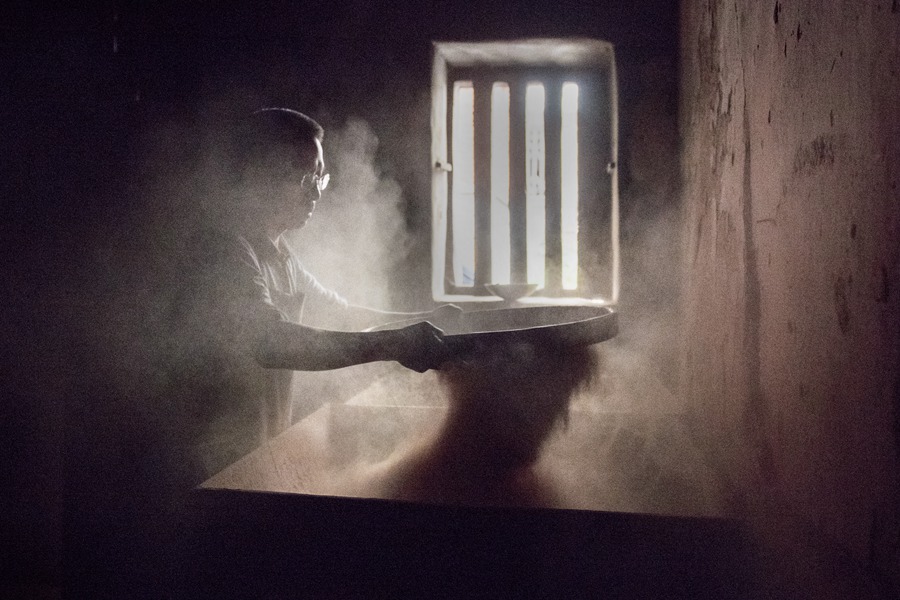
Pu Lianggong makes incense in Yongchun county, Quanzhou city of southeast China’s Fujian Province. (Photo/Zhang Wenqing)
With an 80-hectare incense industrial park, Yongchun is home to about 300 incense manufacturers, with more than 30,000 people working in the industry. These manufacturers sell their products under as many as 300 categories to Europe, the US, and southeastern Asian countries. It is said that one in every three incense sticks sold across the world is made in the county’s Dapu town. The output value for the incense industry in the county has already hit 10.2 billion yuan (about $1.6 billion).

Pu Lianggong makes incense in Yongchun county, Quanzhou city of southeast China’s Fujian Province. (Photo/Kang Qingping)
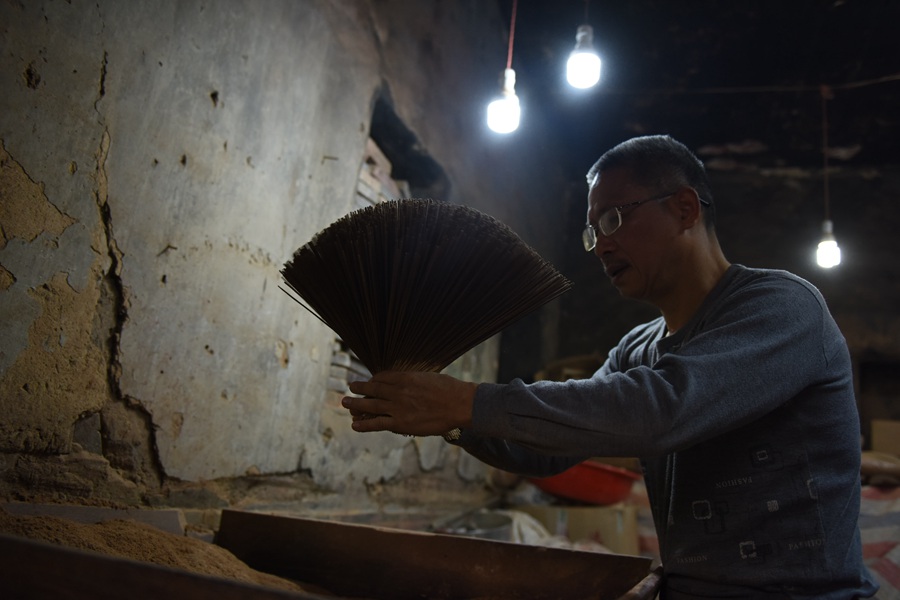
Pu Lianggong flips incense sticks in Yongchun county, Quanzhou city of southeast China’s Fujian Province. (Photo/Kang Qingping)
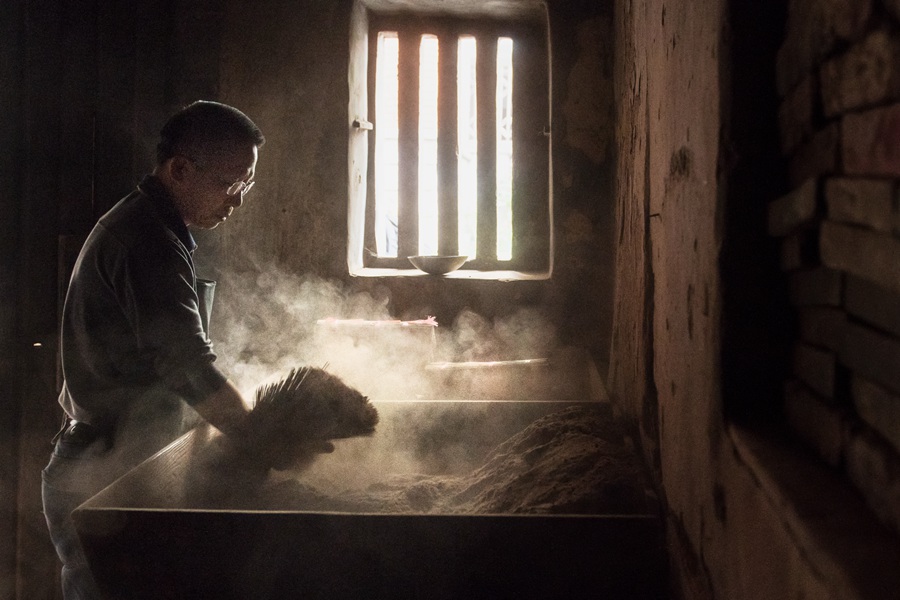
Pu Lianggong makes incense in Yongchun county, Quanzhou city of southeast China’s Fujian Province. (Photo/Zhang Wenqing)

Workers dry incense sticks in Yongchun county, Quanzhou city of southeast China’s Fujian Province. (Photo/Kang Qingping)

Workers dry incense sticks in Yongchun county, Quanzhou city of southeast China’s Fujian Province. (Photo/Kang Qingping)
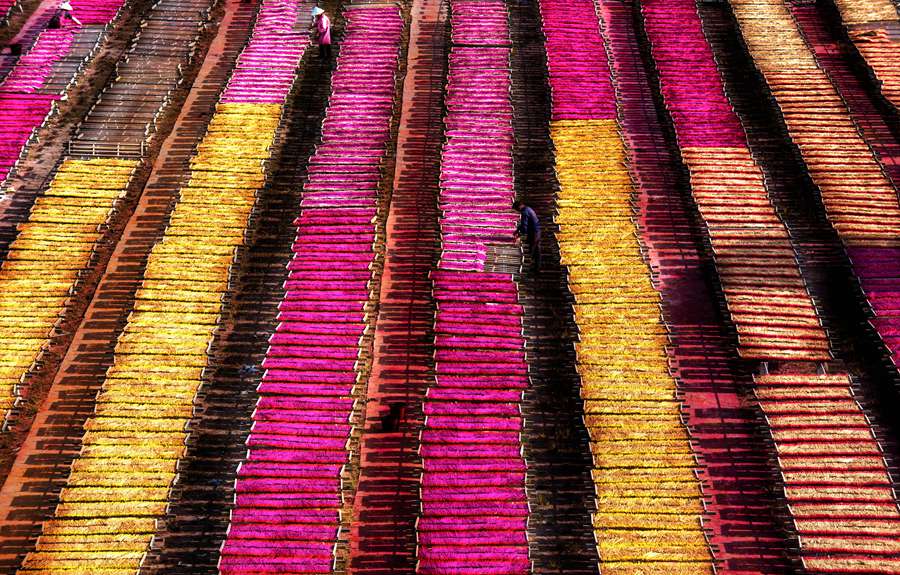
Workers dry incense sticks in Yongchun county, Quanzhou city of southeast China’s Fujian Province. (Photo/Kang Qingping)
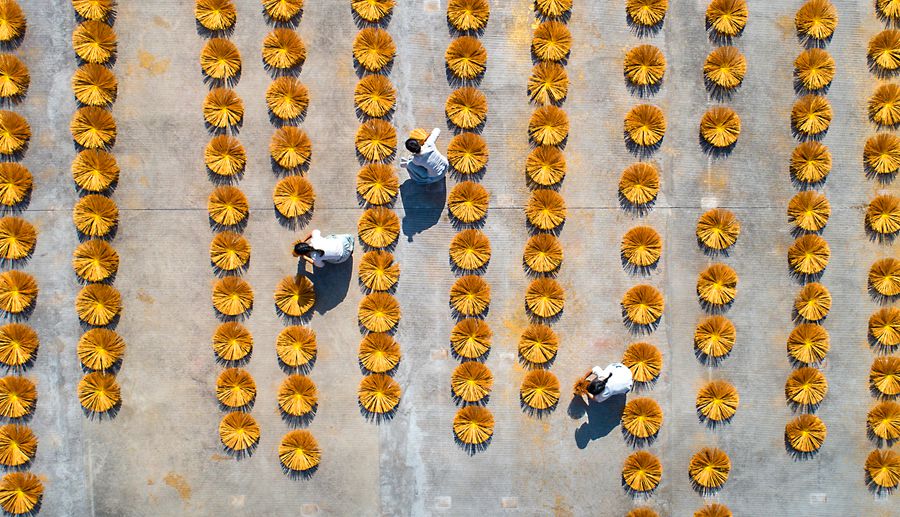
Workers dry incense sticks in Yongchun county, Quanzhou city of southeast China’s Fujian Province. (Photo/Zhang Wenqing)
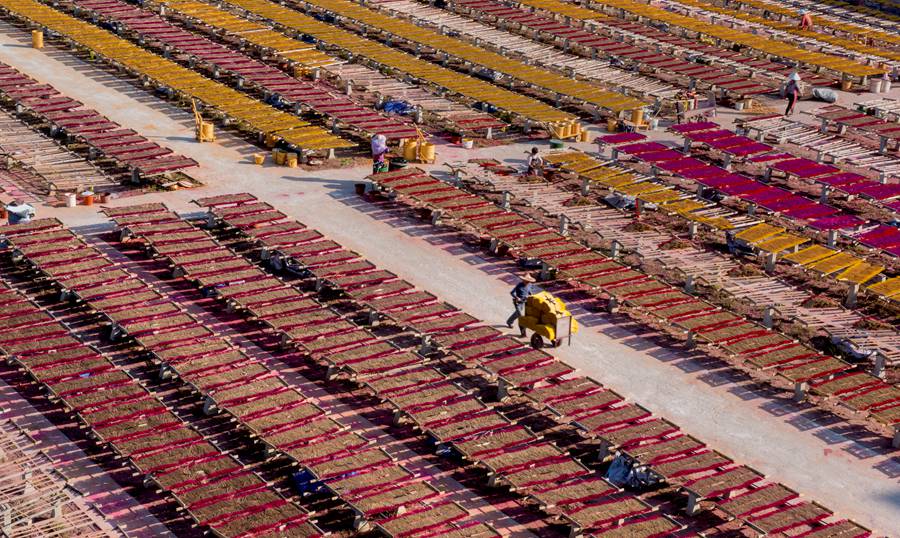
Workers dry incense sticks in Yongchun county, Quanzhou city of southeast China’s Fujian Province. (Photo/Zhang Wenqing)
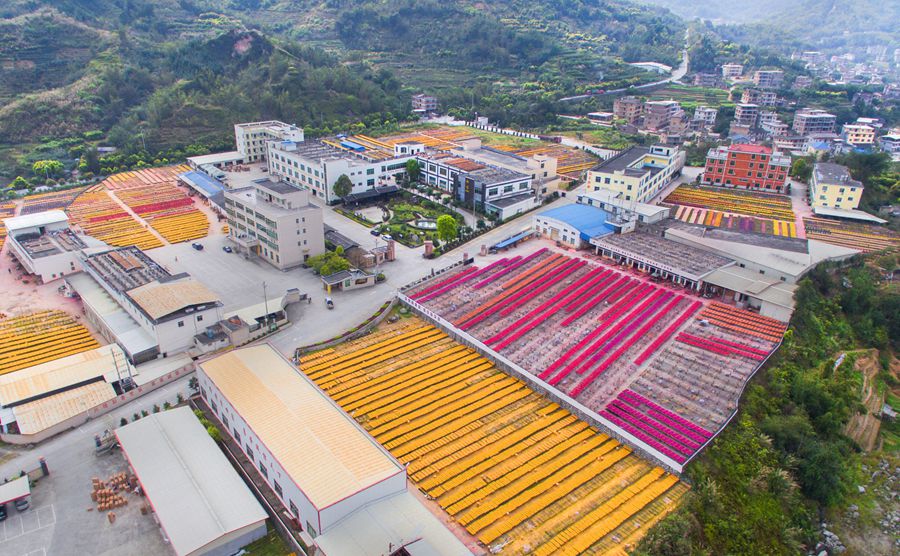
Photo shows an incense industrial park in Yongchun county, Quanzhou city of southeast China’s Fujian Province. (Photo/Kang Qingping)
Photos
Related Stories
Copyright © 2021 People's Daily Online. All Rights Reserved.







